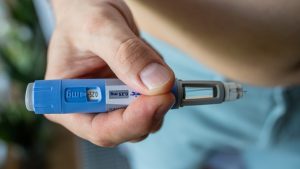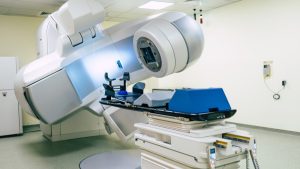Articles / Quitting smoking regrows protective lung cells


writer
Head of Cancer, Ageing and Somatic Mutation, Wellcome Trust Sanger Institute
0 hours
These are activities that expand general practice knowledge, skills and attitudes, related to your scope of practice.
0 hours
These are activities that require reflection on feedback about your work.
0 hours
These are activities that use your work data to ensure quality results.
These are activities that expand general practice knowledge, skills and attitudes, related to your scope of practice.
These are activities that require reflection on feedback about your work.
These are activities that use your work data to ensure quality results.
We know that quitting smoking is an excellent way to reduce your risk of developing lung cancer. But until now, experts weren’t quite sure why this was the case. Our latest research has uncovered that in people who quit smoking, the body actually replenishes the airways with normal, non-cancerous cells that help protect the lungs, in turn reducing their risk of getting cancer.
Cancer develops when a single rogue cell acquires genetic changes, called mutations, that instruct that cell to ignore all the normal constraints on its growth, causing it to rapidly replicate out of control. Throughout our lives, all of our cells acquire mutations at a steady rate – around 20-50 mutations per cell per year. Thankfully, the vast majority of these mutations are entirely harmless and don’t affect our cells in any measurable way.

Menopausal Hormone Therapy - What Dose of Estrogen is Best?

Cardiovascular Benefits of GLP1s – New Evidence

Oral Contraceptive Pill in Teens

RSV and the Heart

writer
Head of Cancer, Ageing and Somatic Mutation, Wellcome Trust Sanger Institute


Modified but kept in place
Eliminated entirely without replacement
Maintained as is
Completely replaced with an alternative system
Listen to expert interviews.
Click to open in a new tab
Browse the latest articles from Healthed.
Once you confirm you’ve read this article you can complete a Patient Case Review to earn 0.5 hours CPD in the Reviewing Performance (RP) category.
Select ‘Confirm & learn‘ when you have read this article in its entirety and you will be taken to begin your Patient Case Review.
Menopause and MHT
Multiple sclerosis vs antibody disease
Using SGLT2 to reduce cardiovascular death in T2D
Peripheral arterial disease
